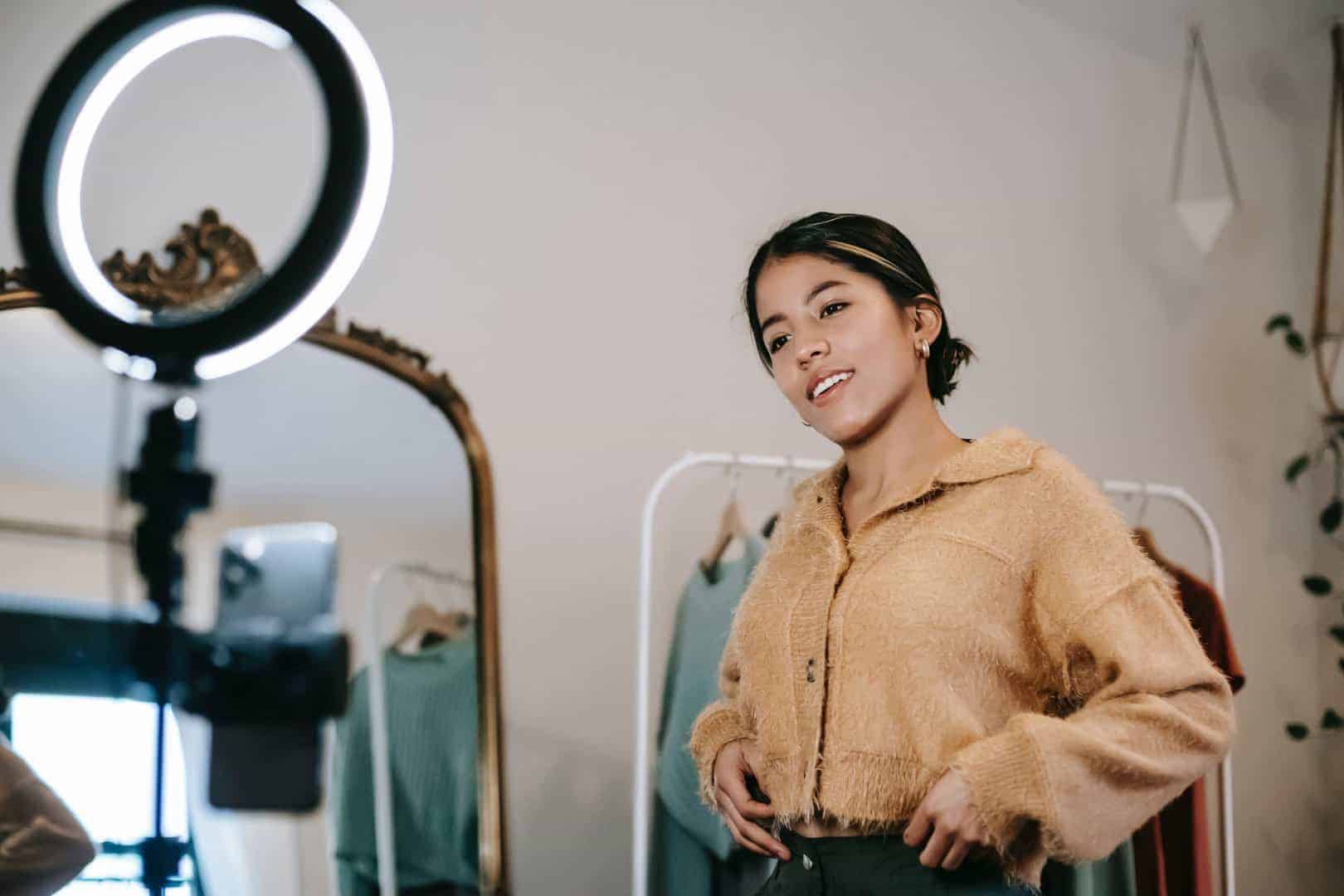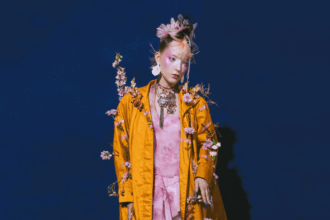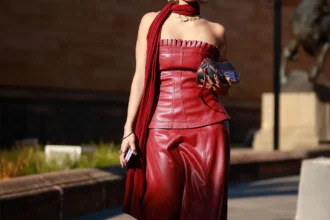Introduction to Influencer Marketing and the Rise of Micro-Influencers
Influencer marketing has transformed the way brands promotion is approached in the fashion industry. Gone are the days when only celebrities and mega-influencers held sway over consumer decisions. Enter micro-influencers—those with smaller, yet fiercely dedicated followings that pack a powerful punch.
In recent years, these niche voices have gained traction on social media platforms, becoming increasingly influential among their audience. With a unique ability to connect authentically with followers, they’re reshaping how fashion brands reach potential customers in an ever-evolving digital landscape.
As we dive deeper into this captivating shift towards micro-influencers, it’s clear that niche fashion marketing is entering a new era—one where genuine engagement trumps mere follower counts. Let’s explore why micro-influencers could be your brand’s best-kept secret for success in today’s competitive market!
The Influence of Niche Fashion on Social Media
Niche fashion thrives on social media platforms, creating vibrant communities around specific styles and aesthetics. From vintage enthusiasts to sustainable fashion advocates, these groups cultivate a sense of belonging.
As users share their unique outfits, they inspire others to explore new trends that might not be mainstream. This organic engagement fuels creativity and drives conversations about personal expression.
Fashion influencers play a pivotal role in this dynamic landscape. They curate collections that resonate deeply with their followers’ tastes while promoting brands that align with those values.
On platforms like Instagram and TikTok, micro-influencers often lead the charge by showcasing niche styles authentically. Their genuine interactions create trust among audiences craving relatable content over polished advertisements.
With every post or story shared, the influence of niche fashion expands further into the digital realm, shaping consumer behavior in ways traditional marketing struggles to achieve.
Why Micro-Influencers are the Future of Niche Fashion Marketing
Micro-influencers are reshaping the landscape of niche fashion marketing. They boast smaller, yet highly engaged followings that foster trust and authenticity. This connection allows brands to tap into specific audiences on a personal level.
These influencers often have a clear style identity, which resonates deeply with their followers. Their recommendations feel more relatable compared to those from larger influencers or celebrities. When they showcase products, it’s not just about promotion; it’s about sharing genuine passion for fashion.
Brands can leverage this by collaborating with micro-influencers who align perfectly with their values and aesthetics. This targeted approach ensures that campaigns reach potential customers who truly care about the brand’s message and offerings.
Moreover, working with micro-influencers is typically more cost-effective than partnering with bigger names. Brands can maximize their budgets while achieving meaningful engagement through personalized content in niche communities where authentic interactions thrive.
Benefits of Working with Micro-Influencers for Brands and Businesses
Micro-influencers offer a fresh approach to brands promotion. Their loyal and engaged followings mean your message reaches people who genuinely care about niche fashion.
These influencers often boast higher engagement rates compared to their larger counterparts. This means more authentic interactions with potential customers, translating into increased brand visibility and trust.
Working with micro-influencers is also cost-effective. Many are open to collaborations that don’t require hefty budgets, making it accessible for smaller brands looking to make an impact in the fashion industry.
Additionally, they provide insights into specific demographics. By leveraging their unique style and voice, brands can tap into targeted audiences effectively.
Collaboration with these influencers fosters creativity too. They bring innovative ideas that resonate well within their communities, ensuring campaigns feel organic rather than forced or overly commercialized.
How to Identify and Collaborate with the Right Micro-Influencers
Identifying the right micro-influencers is crucial for any effective campaign. Start by looking at engagement rates rather than follower counts. A smaller audience often means higher interaction, which can lead to better brand promotion.
Next, delve into their content style and niche relevance. Ensure their aesthetic aligns with your fashion brand’s identity. This creates a more authentic connection between the influencer and your target audience.
Use social media tools to analyze potential influencers’ demographics and interests. This data helps you find those who genuinely resonate with your desired customer base.
Reach out personally when initiating collaboration. Tailor messages that reflect an understanding of their work and values.
Establish clear expectations from the outset regarding deliverables and timelines while allowing room for creative freedom on their part. This balance fosters a productive partnership that benefits both parties involved in the campaign.
Measuring Success: Metrics to Track for Micro-Influencer Campaigns
Measuring the success of micro-influencer campaigns requires a keen eye on various metrics. Start with engagement rates. Likes, comments, and shares reveal how well your content resonates with the audience.
Next, track reach and impressions to understand how many users are actually seeing your posts. A high reach indicates effective visibility for brands promotion.
Don’t overlook conversion metrics either. Click-through rates (CTR) can show you how many followers took action after seeing an influencer’s post about your fashion products.
Another essential metric is follower growth during and after the campaign period. This will help you gauge if collaborations lead to lasting interest in your brand.
Consider sentiment analysis through comments and feedback to assess audience perception around your fashion offerings. Understanding what people think can shape future marketing strategies effectively.
Potential Challenges and How to Overcome Them
While micro-influencers offer a plethora of benefits for brands promotion, navigating this landscape isn’t without its challenges. One notable hurdle is finding the right fit between influencers and your brand values. An influencer who doesn’t align with your message can lead to mismatched expectations and ineffective campaigns.
Additionally, measuring ROI can be tricky. Unlike traditional advertising, where metrics are often clear-cut, influencer marketing requires more nuanced tracking to truly gauge success. Brands must take the time to establish key performance indicators (KPIs) that resonate with their goals.
Another challenge lies in engagement rates; some micro-influencers may have smaller followings yet boast high engagement. Others might show inflated numbers but lack genuine interactions with their audience. Ensuring authenticity remains crucial as consumers become savvier about sponsored content.
To overcome these issues, thorough research is vital when selecting fashion influencers for collaborations. Look beyond follower counts—examine their interaction levels and overall brand alignment through previous partnerships or content style.
Setting clear expectations from the outset will prevent misunderstandings down the line. Consider utilizing contracts that outline deliverables and timelines while providing room for creative freedom.
Implementing robust metrics systems allows brands to track campaign effectiveness accurately over time and adjust strategies accordingly based on what resonates most with audiences.
Embracing these practices ensures that as you navigate potential pitfalls in working with micro-influencers, you’ll harness their unique power effectively within niche fashion marketing strategies moving forward.










